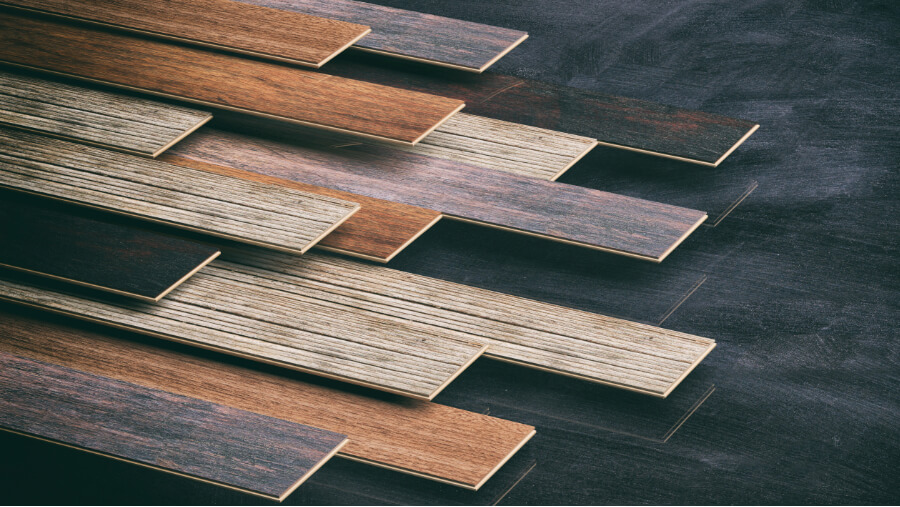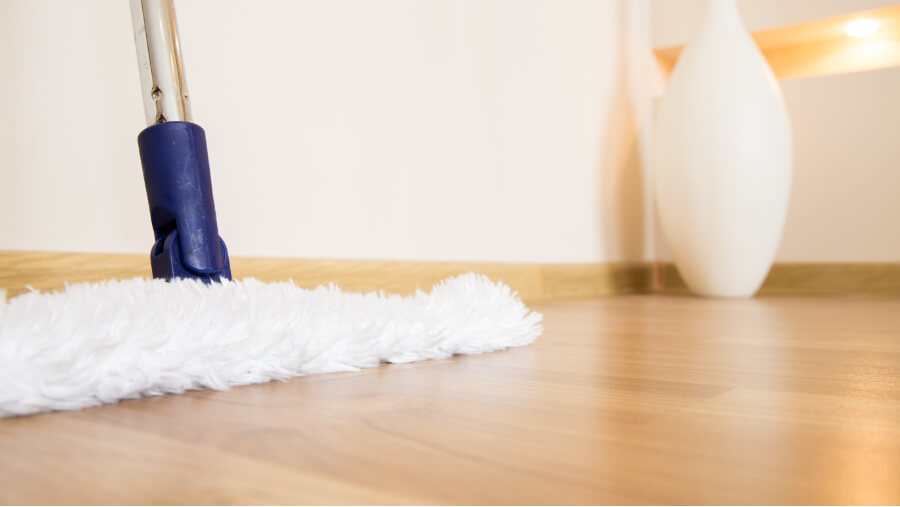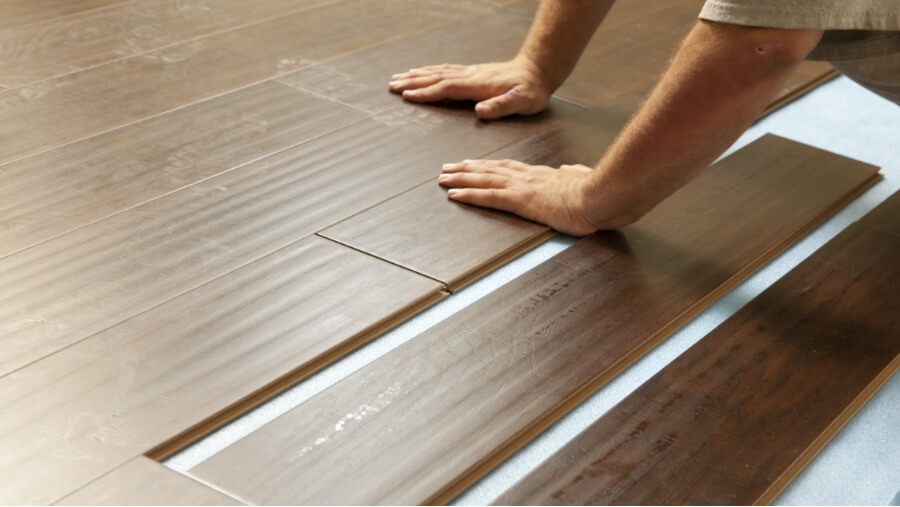Hardwood flooring in San Ramon CA is well-known to be long-lasting and sturdy, but it does have one arch nemesis. Water is a natural enemy to every type of hardwood floor, and even if you stay on top of all spills and water exposures, you can’t expect to be able to catch everything all of the time. The next thing you know, you’re looking down at your hardwood flooring and coming face to face with a spot of water damage.
It’s important to remember that wood is an organic material, and this means it can only resist water damage for so long before it succumbs to it. It’s, for this reason, it’s crucial to limit your hardwood floor’s exposure to water and clean up any spills as quickly as possible, but you can’t always be in complete control. For instance, imagine being on vacation and a leak in the ceiling develops letting rain in from a fresh storm. You get home and you find a large area of your hardwood floor has been soaked, and you’re not sure for how long.
Signs Of Water Damage
The amount of moisture a hardwood floor has been exposed to, and how long that exposure was allowed to last, will have a big impact on the signs of water damage you’re like to see. Some common signs of water damage to look out for are:
- Staining and discoloration – Staining and discoloration is pretty universal, and it’s a sign that many see even with small bits of water damage. Luckily, stains and discoloration may mellow out over time and lighten to an almost invisible state.
- Cupping or buckling – When exposed to moisture, hardwood floors may be susceptible to cupping or buckling where the wood was once saturated.
- Popping nails – The warping of the wood as the moisture causes damage can lead to nails popping out of your flooring.
- Lifting at the ends – Imagine getting an unfinished board wet – as it dries the ends of the wood will start to buck outward losing the wood’s once straight shape. The same thing will happen to your hardwood floors when exposed to water damage.
- Mold growth – Mold growth is a sure sign of water damage and saturation, and it’s also a dangerous one. When mold grows on your hardwood floors, spores can travel to just about anywhere spreading to other areas of a room through the air.
Should I Replace Or Should I Repair My San Ramon Hardwood Floor?
One tough question homeowners face is whether they should replace or repair their hardwood floors after they’ve been exposed to moisture. If the damage being faced is minor, it may be able to be fixed just by replacing boards in that section only, leaving your floor shining and beautiful as if nothing ever happened. If the moisture is widespread, or it has spread to the subflooring,
you could be facing an entire floor replacement. When considering whether to replace or repair your flooring, first consider the length of time the floor was exposed, the severity of the damage, whether the floor is solid hardwood or engineered, and the floor’s finish to determine what your next steps should be.






